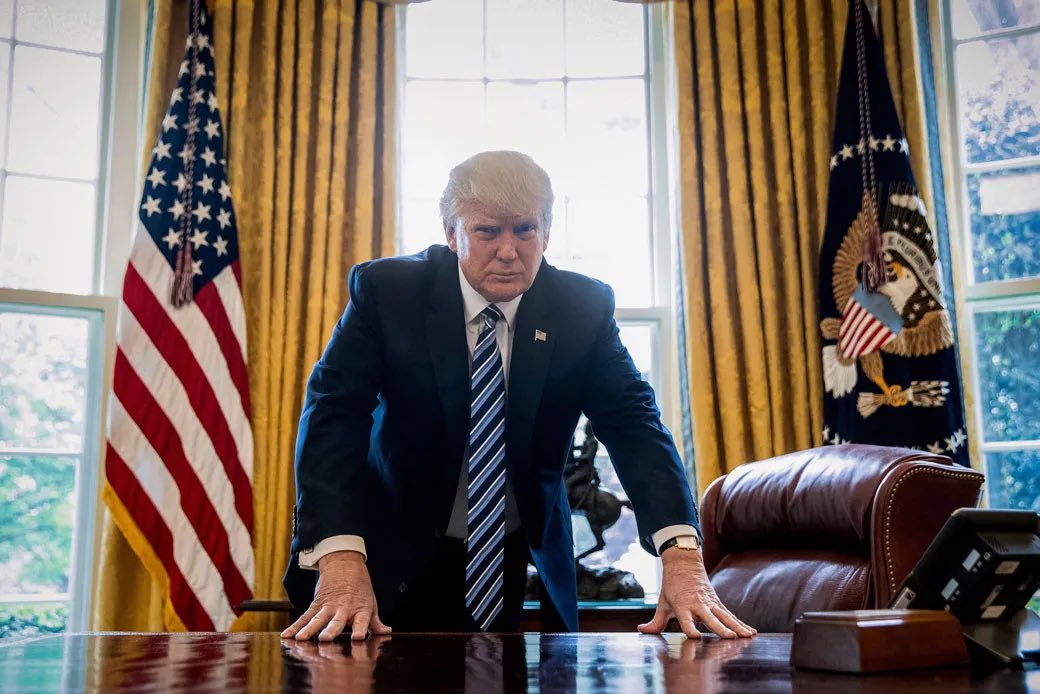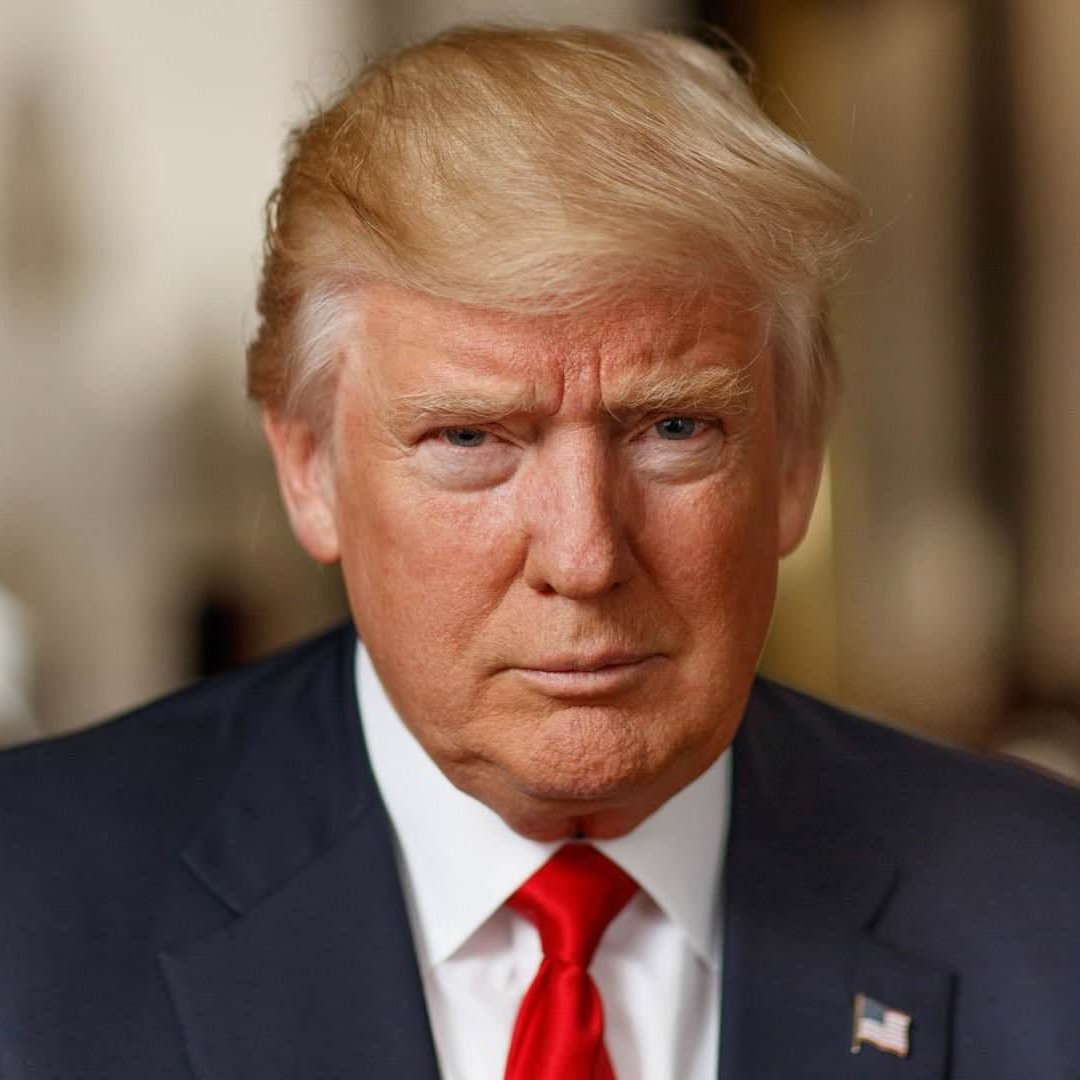
By Adeyemi Adekunle
President Donald Trump has acknowledged the possibility of a recession this year, admitting the challenges his administration faces as it navigates the turbulent waters of shifting trade policies. During a revealing interview with Fox News, Trump shared his reluctance to make bold economic predictions, stating flatly, “I hate to predict things like that.” He underscored the complexities involved in transitioning to new economic strategies, insisting, “There is a period of transition, because what we’re doing is very big—we’re bringing wealth back to America.”
Despite Trump’s tempered approach, his comments come at a critical juncture characterized by significant turmoil within financial markets. American stocks have suffered their most dramatic decline since the presidential election in November, reflecting investor anxiety over the administration’s inconsistent tariff policies.
Meanwhile, an alarming report from the Atlanta Federal Reserve projects a daunting 2.4% contraction in real GDP growth for the first quarter of this year, potentially marking the steepest downturn since the height of the COVID-19 pandemic, which wreaked havoc on the economy and led to millions of job losses.
Contrasting with Trump’s cautious perspective, Commerce Secretary Howard Lutnick adopted a more emphatic stance, declaring on NBC’s “Meet the Press” that Americans should “absolutely not” brace for a recession. This bold reassurance highlights a notable divide within the administration regarding the economic outlook.
Amidst this backdrop of uncertainty, financial institutions are increasingly sounding the alarm. Goldman Sachs has raised the odds of a recession occurring in the next 12 months from 15% to 20%, attributing this shift to concerns over policy changes and the rising likelihood of increased tariffs that threaten to disrupt economic stability.
In a similar vein, Morgan Stanley revised its economic growth forecast for the United States from 1.9% to a more pessimistic 1.5% for 2025, citing a growing body of weak economic data and persistent tariff-related issues as critical factors driving this downward revision.
As the U.S. grapples with the potential resurgence of unfavorable economic conditions, Trump attempts to maintain an air of reassurance among the American public. When questioned about his economic outlook aboard Air Force One, he offered a nonchalant “who knows?” raising eyebrows and reflecting the erratic nature of current market conditions.
In a recent joint address to Congress, however, he aimed to soothe anxiety, proclaiming, “We’re okay with that. It won’t be much,” while urging citizens to remain hopeful.
The specter of the brief but devastating recession that struck in early 2020 still looms large, with many Americans recalling the dire economic impact and widespread unemployment that ensued.
As the administration contends with both internal disagreements and external pressures in this volatile economic environment, citizens are left anxiously watching and waiting, uncertain of what the future may hold in this rapidly shifting financial landscape.




